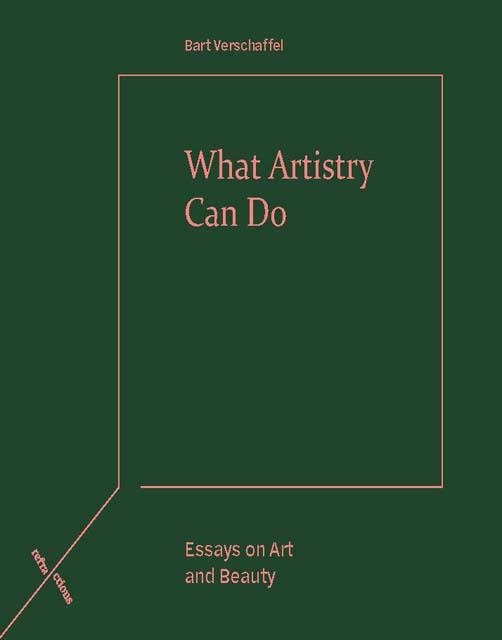Introduction
Published online by Cambridge University Press: 18 November 2022
Summary
The articles and essays collected in this book were written over the last three decades and published in art magazines, cultural magazines and edited volumes. Most began as invited lectures, written for various occasions, with many addressed to general audiences made up of art people, and some presented in academic contexts. The collection, therefore, does not make for a coherent whole. The individual essays offer short and – I hope – helpful reflections on some of the basic components and assumptions informing our thinking and dealings with that special and remarkable endeavour known as Art. I do not discuss art-theoretical issues systematically here; nor, save for a few exceptions, do I discuss specific works or artistic oeuvres. The essays are about art as a form of knowledge and what can properly be said about artworks, about provocation and artistic freedom, about artistic authorship and artistry, about the relationship between individual art collecting and heritage, about forms of beauty and ugliness and about what stake art might have in all this.
And yet the texts, despite their differences in motivation and tone, also belong together, seeing as they share certain guiding principles. The first is that of operating between the academic institution and the broader intellectual culture. The texts are written in such a way that the reader can understand what they are about without knowing or having read the works read and used by the author. Assuming and referring to shared knowledge is logical and appropriate for specialised discussions among scholars and scientists. The humanities, however, and particularly the arts disciplines, produce a special, reflexive form of culture that merges with the general culture they are studying. They can distinguish, but never separate themselves from, what they study and co-create. This manifests itself clearly in their specific form of discursive rationality: one can certainly invent concepts, and develop and define technical terms, but speaking carefully and precisely is not the same as using a technical language. Understanding in the humanities is always grafted on to common speech. It is always based on meanings that have already been formed and expressed in different ways, and on prereflexive concepts that have been explicitly defined to a greater or lesser degree.
- Type
- Chapter
- Information
- What Artistry Can DoEssays on Art and Beauty, pp. 3 - 10Publisher: Edinburgh University PressPrint publication year: 2022



